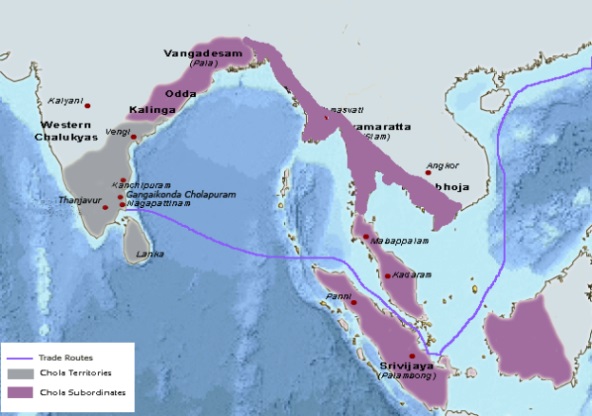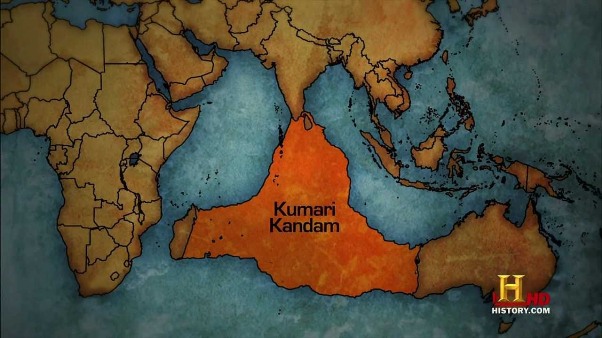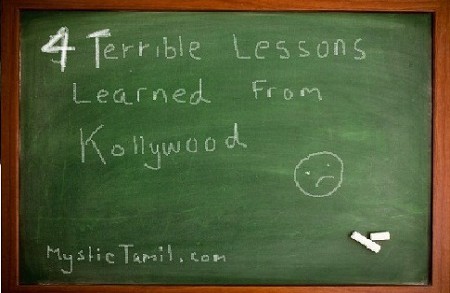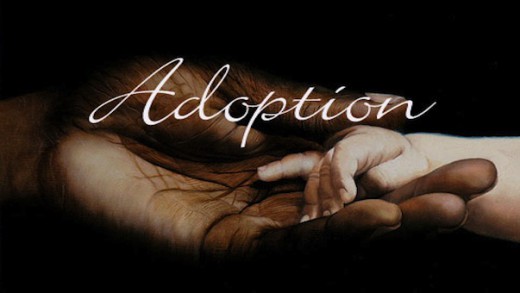When I learned geography in elementary school, I was taught that the world is composed of seven continents, each having distinct characteristics that make them unique landmasses. I also learned that sub-regions exist as well, including areas such as Central America and the Middle East.
There was even the notion that all the landmasses of the world once formed a supercontinent called Pangea. Due to natural occurrences, Pangea split into several landmasses and eventually became what the world is today. This was proven by the fact that fossil remnants of the same plant and animal life were discovered in South America and Africa. The fact that the same life was found on continents now separated by the Atlantic Ocean clearly implies that there is truth behind the existence of Pangea.
Yet it never came to my mind that perhaps other landmasses were also lost during this evolutionary process in the geography of the world. There have been notions that there are lost landmasses that have either been destroyed now or submerged deep into the ocean. There are even notions that these sunken landmasses have taken with them advanced civilizations that could have potentially remodeled our present day lives. One of these notions that I heard about as a child was the lost city of Atlantis.
Atlantis was a landmass that was said to exist between North America and Western Europe. The inhabitants of the isle formed a powerful empire that controlled the other two continents. However, after trying to invade Athens, Atlantis was submerged in water. I cannot verify the accuracy of this story, but the idea that other lands existed on our planet before becoming what it is today should definitely not be dismissed.
Is it possible then that the Tamil people play a role in the story of lost landmasses? I’ve always heard that Tamil culture is one of the most ancient cultures in the world and that, throughout the various timeframes of existence, Tamil culture was very advanced and civilized. The Tamil empires truly exhibited cultural and technological advances, and remnants of these empires can still be found in countries such as Cambodia, Malaysia and Indonesia.

After watching a snippet from a History channel documentary, I have found that the majority of this Tamil empire is actually submerged in water as stated by Sangam literature. Sangam literature consists of poems written by men and women from all walks of life during the reign of the empires. Sangams describe a wide range of topics including war, the government and the lands of the people. These Sangams refer to lost lands that supposedly formed a subcontinent that served as a landmass connection between present day Madagascar, India and Australia. This land was called KumariKandam.
KumariKandam supposedly existed until around 16 000 BC, when it was submerged in its entirety. The land stretched 700 kavatam south from present day Kanyakumari. Since the equivalent of a kavatam is unknown, the actual length of the land can only be estimated and is said to vary between 2300 km and 11 000 km. The land was divided into a total of 49 different territories comprised of:
• Seven coconut territories
• Seven Madurai territories (different from present day Madurai)
• Seven old sandy territories
• Seven new sandy territories
• Seven mountain territories
• Seven eastern coastal territories
• Seven dwarf palm territories
A part of the old literature gives the name KumariKandam to the collection of these lands, and calls it one of the nine continents of the earth. Tamil intellectuals today are reviving the notion of the existence of this land, claiming that it was the birth place of the Tamil language, Tamil culture and even the start of human civilization in general.

Some argue further that KumariKandam is synonymous with Lemuria, another landmass that was supposedly lost to the sea. However, there are debates about this idea and I have not read deeply into it to determine whether there is any validity to this statement. I have come across one theory that states that KumariKandam and Lemuria were two portions of the same landmass, and that the latter was submerged centuries before KumariKandam. Again, this idea is easily debatable.
Archaeological excavations have been done in India and Sri Lanka, and there have been accounts where ancient writings have been found. In some instances, the writings were found to be written in an ancient Tamil script, thereby possibly proving the existence of ancient Tamil civilizations in these lands.
An example of such an occurrence is the unearthing of Tamil Brahmi script in the Tenavaram Temple in Matara, Sri Lanka. Genetic studies have also been done on the aboriginals of Australia, and there have been accounts of how their genes share similarities with the peoples of South India. Furthermore, there is the notion that the Easter Island heads in Oceania may trace their origins to the Indian subcontinent. Although I cannot picture any similarities with the indigenous people of Australia and Tamil culture, the fact that a link can be made could imply that a land connection must have existed between India and Oceania for this to even occur.
Towards the end of the literature, it is said that the landmass was submerged in water and the Tamil empires tried to regain their powers by securing the lands they still possessed and began colonizing regions which they didn’t have before. This may explain why one of the empires had subordinate territories that stretched out to Southeast Asia. But the idea that such a large landmass existed – and that it was controlled and developed by the Tamil people – still baffles me. Truly the Tamil culture is one that was advanced for its time, and the Tamil language was one that dominated this portion of the world.
What I find very interesting is that there isn’t much information or discussion on the web about KumariKandam– whether scientific or philosophical – and the supposed advanced Tamil civilization that once inhabited, colonized and developed it. Regardless of the validity of the existence of KumariKandam, I truly believe that this cannot be overlooked when learning about the history of Tamil culture. If anything, more information should be found and the Tamil population should become more aware of this aspect of their culture. I think that Kollywood can play an important role in making this possible.
I truly wonder what the world would have been like had this Tamil presence been around in the present… it would have definitely made ourselves look at our own culture and success in a different light!

 Alex Gunaseelan
Alex Gunaseelan









